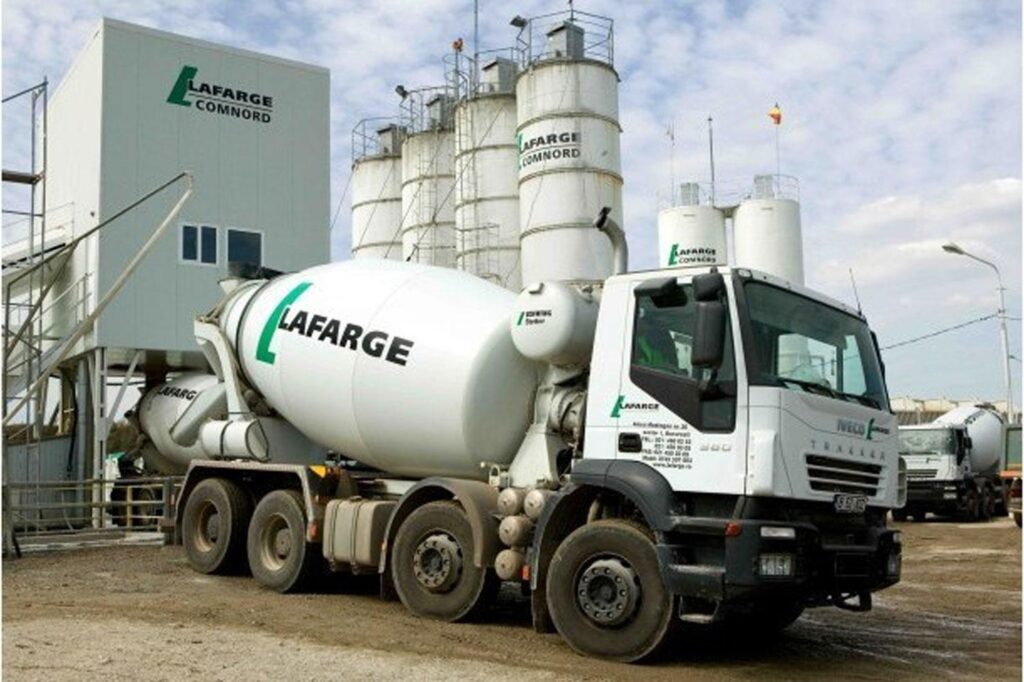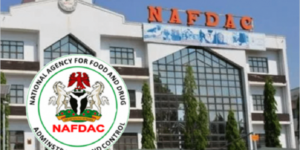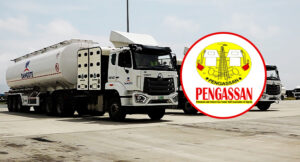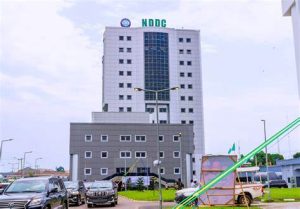
Based on the available data and trends, Lafarge Africa is likely to see continued strong performance in Q3 2025, with a higher probability of achieving more profit rather than a loss. The company reported a record-breaking revenue of N268.63 billion in Q2 2025, marking a 70% increase from the corresponding period in 2024. This growth is complemented by a 153% rise in operating profit to N120.61 billion and a 248% surge in profit after tax to N84.03 billion in the same quarter. These figures establish a robust foundation for sustained profitability, driven by strong market demand and operational efficiency.
Key Factors Supporting Profitability
- Historical Performance: Lafarge Africa’s exceptional Q2 2025 results demonstrate significant momentum. The 70% revenue increase and 153% operating profit growth indicate that the company is effectively capitalizing on opportunities within the construction sector. Additionally, the company’s H1 2025 performance, with a 75% increase in sales and a 144% rise in operating profit, reinforces this upward trajectory.
- Strategic Initiatives: The company’s focus on innovation and sustainability, as emphasized in its strategic outlook, positions it to meet the growing demand for eco-friendly building solutions. This alignment with industry trends enhances its competitive edge and supports continued revenue growth.
- Operational Resilience: Lafarge Africa maintained an impressive operating margin of 45% in Q2 2025, reflecting its ability to manage costs effectively while scaling revenue. This high margin suggests a buffer against potential economic pressures, further supporting the likelihood of profit in Q3.
Potential Risks and Challenges
While the outlook is positive, several factors could influence Q3 performance:
- Economic Context: Operating in Nigeria, Lafarge Africa faces challenges from an economy marked by inflation and currency fluctuations. These conditions could increase input costs or dampen demand for construction materials.
- Seasonal Factors: The construction industry is subject to seasonal variations, such as weather-related slowdowns, which might reduce demand in Q3. However, specific seasonal impacts for Q3 2025 are not detailed in the data, making this a general risk to monitor.
- Market Dynamics: Any unforeseen shifts in construction activity or competitive pressures could affect performance, though Lafarge Africa’s strong Q2 results suggest it is well-positioned to handle such challenges.
Predictive Outlook
Despite these risks, Lafarge Africa’s recent performance and strategic positioning tilt the scales toward more profit in Q3 2025. The company’s ability to achieve a 248% increase in profit after tax in Q2 indicates not only revenue growth but also effective cost management and profitability. Its focus on sustainability and innovation aligns with long-term industry trends, likely sustaining demand for its products. Moreover, the absence of specific adverse events reported for Q3—combined with the momentum from H1 2025—suggests that the company can navigate Nigeria’s economic challenges and potential seasonal dips.
Summary of Key Points
- Strong Growth Trajectory: Q2 2025 revenue of N268.63 billion (up 70%) and operating profit of N120.61 billion (up 153%) provide a solid base for Q3.
- Profitability Indicators: A 248% increase in profit after tax to N84.03 billion and a 45% operating margin highlight financial strength.
- Strategic Advantages: Innovation and sustainability initiatives position Lafarge Africa to leverage construction industry trends.
- Risk Mitigation: While economic and seasonal risks exist, the company’s resilience and performance suggest it can manage these effectively.
Conclusion: Based on the analysis of Lafarge Africa’s Q2 2025 results and broader trends, the company is likely to see more profit in Q3 2025 rather than a loss. Its record revenue, substantial profit gains, and strategic focus outweigh the potential challenges posed by Nigeria’s economic conditions and seasonal factors, pointing to a continued positive financial outcome.






